
Odds are if you are follow The Chopping Blog, you either like to cook, are looking for inspiration or are one of my relatives. There is an assumption that most of us reading these blogs are familiar with our kitchens and how to successfully prepare a dish. There is a confidence in our results when we crack open a new cookbook or pull up a recipe on the internet because of experience.
I was challenged the other day about recipe reading when I was taking a knitting class. The instructor made a vague comment on the importance of thoroughly reading the pattern before starting a project. A tongue in cheek comment was interjected by a knitter that a knitting pattern is different than a recipe because recipes don’t need any interpretation! My eyes widened and my mouth dropped. Do people really think you don’t need to read a recipe?
Given we are always learning, I think it is a good time to rethink or remind ourselves how to interpret recipes.
The Recipe Name
The recipe name gives us clues as what to expect. Most recipes include the main ingredients in the title such as Pepper Crusted Filet Mignon or Blueberry Lemonade. These are pretty obvious defined dishes but what it if it says something like Ultimate Pot Roast? What does that mean to the author? What does that mean to you?
If you are reading the recipe from a favorite chef, odds are they will define what they mean by “ultimate” but their definition may not be your interpretation. Challenge yourself in the very beginning to understand the basis of the dish.
The cooking world has changed with online recipes. Certain words like easy, quick and weeknight tend to target people to clicking links because these recipes appear flawless. The problem is that the name is not always one hundred percent an accurate portrayal of what you are cooking.
Read the Recipe
We’ve all heard “read the recipe completely” before starting a dish. Blah. Blah. Blah. Do not trivialize one of the most important steps. Understanding the ingredients, tools and time involved, helps navigate how you will approach the entire process.
Be aware of the chef’s cooking expressions. There are hundreds of descriptive words for different culinary techniques. Make sure you know what the chef is instructing you to do before you start the recipe. You may need a few minutes on YouTube for a quick lesson. (I recently discovered The Chopping Block’s How to Cook Video Library.)
Substitutions
Most recipes start with an ingredient list. Before you start the recipe, do you have everything? A better question is do you need everything listed? Be willing to make substitutions. There should be some flexibility in every recipe to fit what you desire or have available.
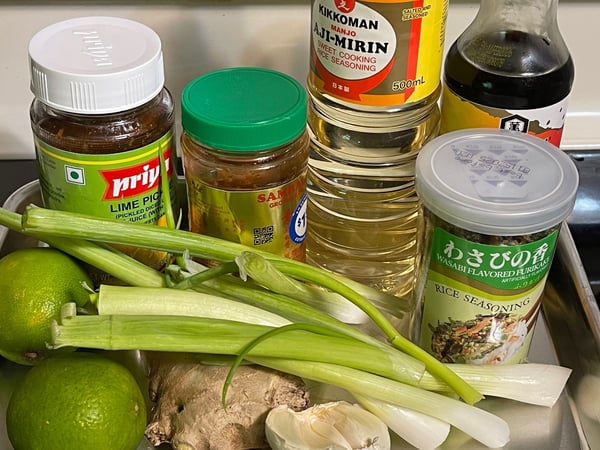 I’m a strong proponent for gathering all your ingredients and measuring them out before you start. Mise en place is a term you will hear in almost every cooking class. It is a French and loosely means everything gathered or put in place. It may seem like work but it really makes following a recipe easier. (Having your tools/pans/cutting boards out too is very helpful).
I’m a strong proponent for gathering all your ingredients and measuring them out before you start. Mise en place is a term you will hear in almost every cooking class. It is a French and loosely means everything gathered or put in place. It may seem like work but it really makes following a recipe easier. (Having your tools/pans/cutting boards out too is very helpful).
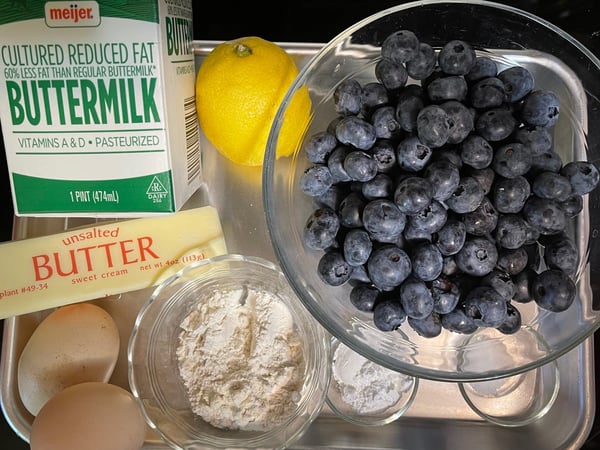 The Chopping Block just experienced a Vegan Takeover by celebrity vegan Chef Dustin Harder (aka The Vegan Roadie). Vegan and vegetarian diets are great examples of how to thoughtfully make substitutions. A lot of recipes can be made plant-based if you understand how to substitute and what flavor profile you desire.
The Chopping Block just experienced a Vegan Takeover by celebrity vegan Chef Dustin Harder (aka The Vegan Roadie). Vegan and vegetarian diets are great examples of how to thoughtfully make substitutions. A lot of recipes can be made plant-based if you understand how to substitute and what flavor profile you desire.
Does it make sense?
The other great reason to read a recipe before you start cooking is to make sure it makes sense. A good recipe should be methodical and approach the dish with steps in order. Most recipes list ingredients in the same order they are used in the instructions.
If you read the recipe and it tells you to add an ingredient that is not on the list, you want to be prepared to either add it or omit it. Make a note on the ingredient list or cross it off your recipe.
Sometimes identical ingredients are listed. Do you understand why the author asked you to separate them? I made one of The Chopping Block’s blog recipes on blueberry muffins. (Find recipe here). The author listed multiple ingredients separately but that was because they were building components to the muffin. There was flour in the muffin, flour to coat the blueberries and flour in the streusel on the top. It was helpful to understand that before I started cooking.
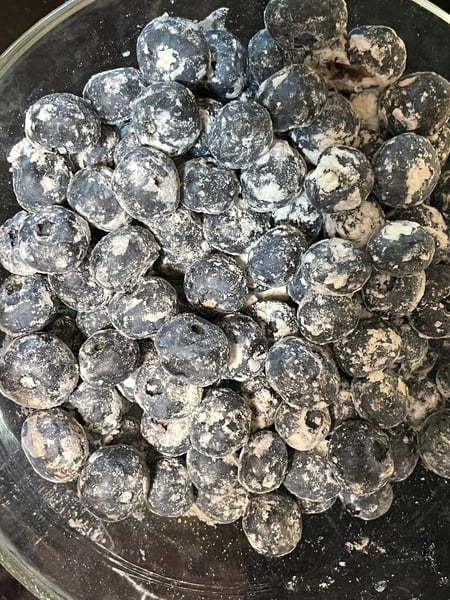
Measurements
Next to a good set of cookware and great knife, you have to have proper measuring tools. A cup of milk should not be measured the same way as a cup of flour. Many say a cup is a cup but that is not necessarily true. A dry measuring cup can be leveled off. A liquid measuring cup cannot be leveled off. It can make or break a recipe. The precision of measurement is incredibly important especially in the science of baking,
I will add that when making some recipes, you can allow yourself some wiggle room. Do you have to measure out a cup of onions? It just depends on what you like and your ability to improvise.
Another big one is understanding abbreviations. Tablespoon (Tbsp) and teaspoon (tsp) can really throw some people for a loop. I dare say that may be one of the most common beginner cooking mistakes. (It also happens after 50 when you refuse to wear your reading glasses to cook.)
Look at how the ingredient is described. 1 onion, chopped is not the same as 1 cup of chopped onion. The proportions seem the same, but they aren’t.
Highlights
When I read a recipe, I highlight obvious things that I may overlook while cooking. Do I need to adjust my oven temperature after a certain time? Highlight it. Do I need to lower the heat on my stove? Highlight it. Do you need to set a timer? Guess what, highlighting it will help.
If I’m makingan online recipe, I cut and paste the recipe into a document and use the highlight tool on there to assist me in reading the recipe. (This Bon Appetite recipe is one of my favorites in the summer but without highlights, I guarantee, I’d forget something.)
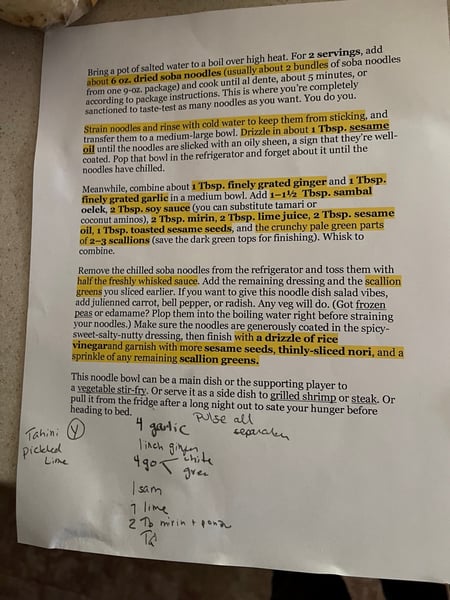
Source Checking
If you have the opportunity to read a review about a recipe, read it. You never know what you may learn from others who have tried the recipe.
Use a reliable resource to find recipes. Whether it is a cooking school, famous chef or popular TV show, you can be assured that their recipes are probably tested a few times before published.
There is no shame in grabbing a recipe from a blog like Felt Like a Foodie (shameless plug) but understand that sometimes there are different versions of the same recipe. Spend some time comparing recipes to find the one that fits you. A top google search does not always mean the best recipe.
Also pictures are a great resource. If a blog or website is only using stock pictures, odds are they aren’t the ones doing the cooking. (Below is a picture of my noodle bowl that I made from the BA recipe listed above.)
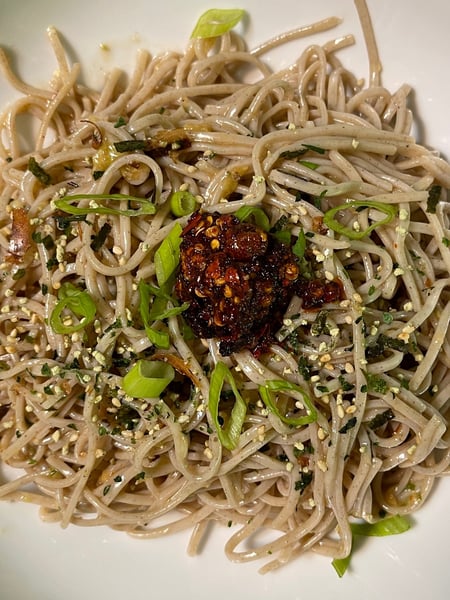
It’s Not the Recipe, it is YOU
Keep track of your mistakes. We are human, and they happen. Understand that some recipes may need adjustments in time or temperature because of your equipment or various substitutions. Take some notes to remind yourself of your successes (and failures).
When I made the blueberry muffins, I opted for a higher temperature and jumbo muffin tin. It was a calculated risk but given my experience I felt confident in my choice. I definitely checked on them more than the recipe called for and turned my pan around to ensure even baking because I know the quirks of my appliance.
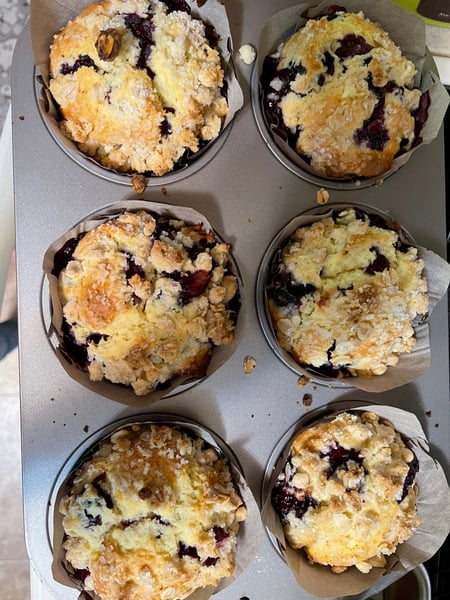
Follow Your Gut
The goal in cooking is to make a great meal but you need to enjoy the process. Look for recipes that challenge you intellectually and give you joy. There is no point in making a sardine tart if it sounds horrible to you.
Giving your recipes a little extra thought before you start, may just be the tool you’ve been missing to perfectly execute all of your meals.
As always, The Chopping Block wants all of us to keep learning and succeeding in the kitchen. There are both in person and virtual classes available every month. See our class calendar.
If you really want to take that extra step to understanding cooking and recipes, The Chopping Block’s popular Culinary Boot Camp is the place to start.

